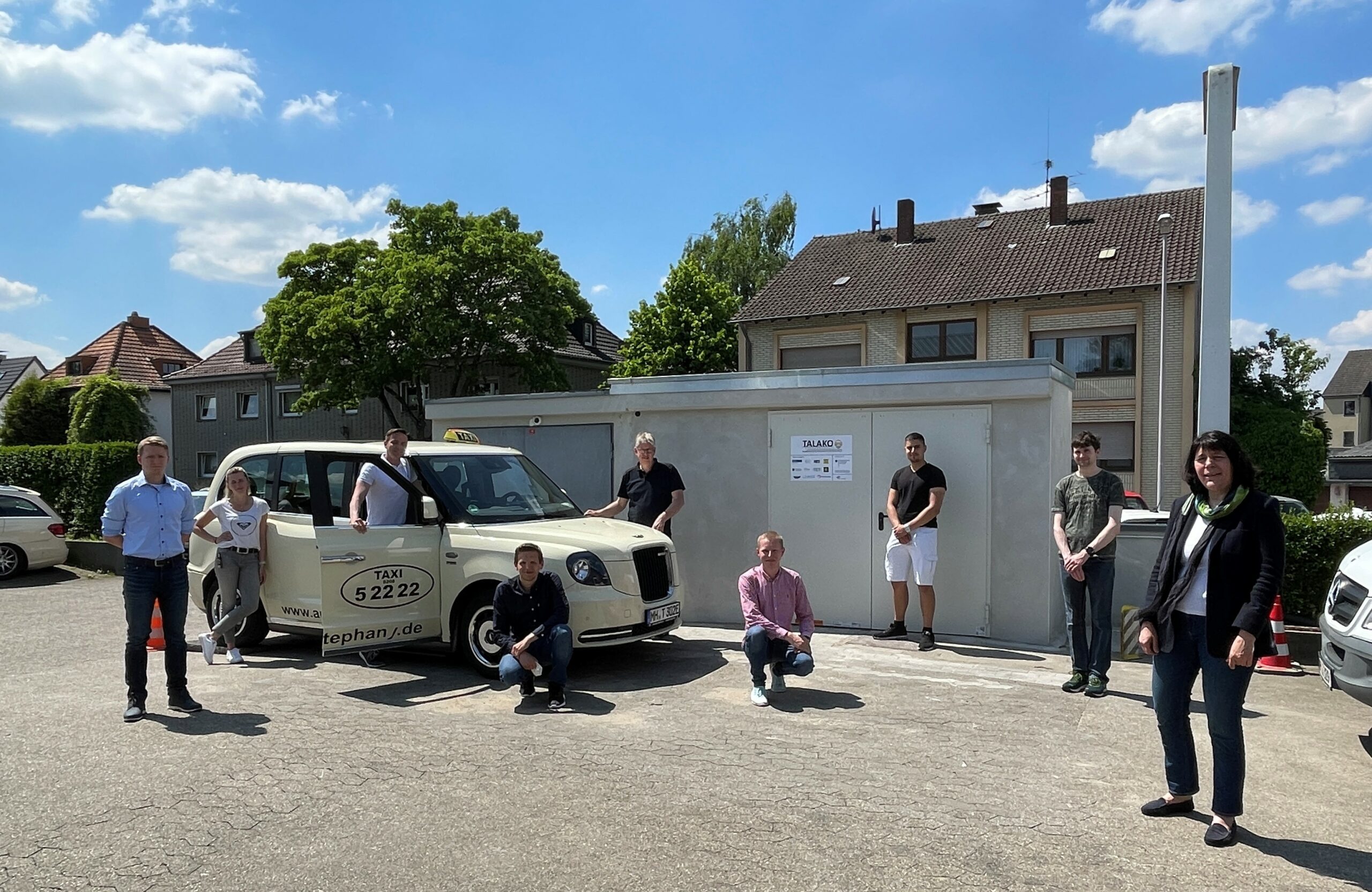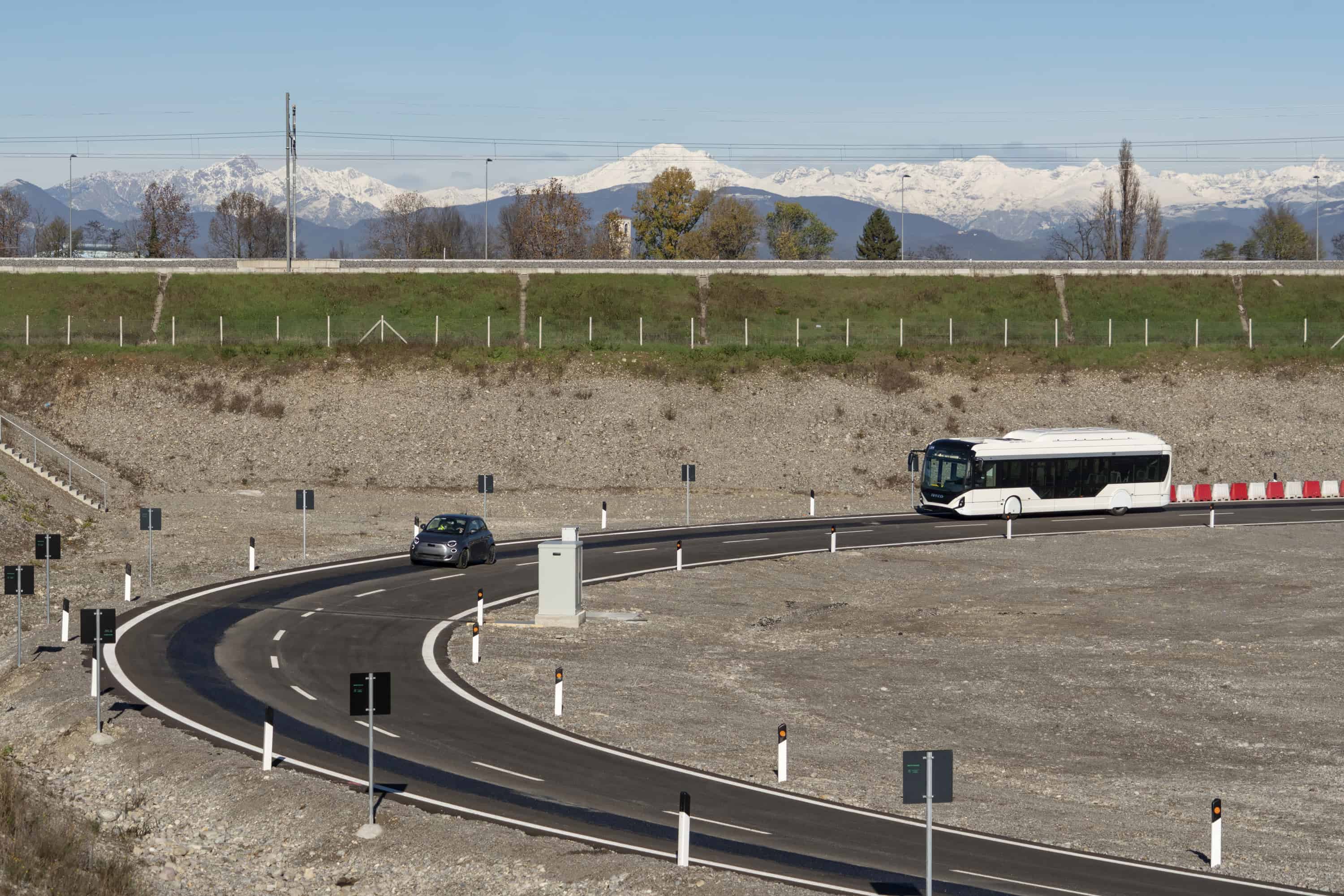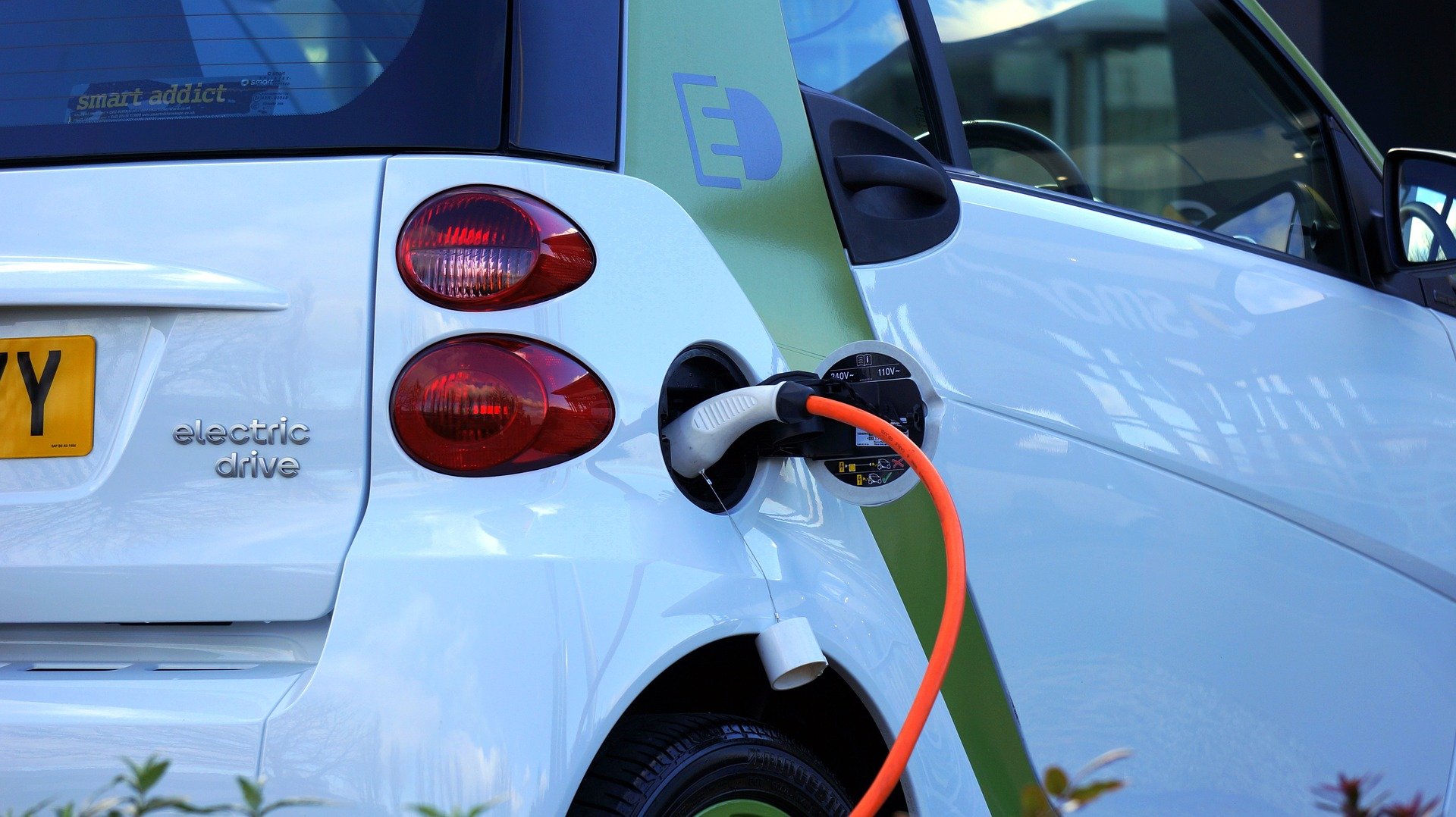
It’s true of nearly all taxi ranks in the world; whether it’s a train station, the airport or a busy nightspot, there are always long lines of cabbies, all waiting to pick up a fare.
For most of those taxi drivers, it feels – apart from the chats with colleagues – like wasted time. Can’t that time be put to better use?” This is what researchers from the University of Duisburg-Essen thought.
Mühlheim
What about charging electricity? That’s also time-consuming. Why not charge electricity while you are waiting around? Although many taxi ranks already have charging stations for electric cars, these often do not meet the needs of the drivers. Apart from the hassle of cables, it can also cost drivers a spot in the queue.

So-called inductive, aka wireless charging, is more in line with their needs. The University of Duisburg-Essen has started a pilot project specifically for taxicabs for this reason. A first car is now driving around the streets of Mühlheim near Cologne. But the plans extend further. “If we electrify 5 percent of the 1,200 taxis in Cologne, we can already achieve a saving of 50,000 metric tons of co2 per year,” researcher Daniel Jaspers says.
70,000 euros each
According to the university, the city of Cologne is more than interested. The four taxis from the research project are being subsidized by Cologne to the tune of 12,000 euros each. Each prototype carries a price tag of 70,000 euros. In addition, space is being made available in the city for an inductive charging station. Preliminary results of the study are expected early next year. The hope is, of course, that a larger project can be started after that.
How does it work?
As mentioned, inductive charging does not require a cable. Instead, the current is transported via a magnetic field. To do this, an inductive charging cable (made of copper) must be installed underground. The same applies to the underside of the car, where the cable serves as a receiver.
A camera system in the taxi ensures that the car is positioned perfectly. Once that is achieved, then according to Jaspers, inductive charging is not much slower than by cable. A camera system in the taxi ensures that the car is positioned perfectly. “For each minute, about one kilometer of electrical power can be recharged. With an average waiting time at a station of approximately 45 minutes and a whole line of cab drivers, you then end up with a lot of kilometers per hour.”
Besides the University of Duisburg-Essen and the City of Cologne, the project is also supported by the University of Wuppertal, INTIS, RheinEnergie and TaxiRuf.
Realistic?
Innovation Origins wrote an article earlier this year about a stretch of charging highway in Italy. There are also experiments being conducted on roads in Germany and Scandinavia. However, others do not see much of a future in this type of large project and even consider it “out of touch with reality” owing to the high costs and enormous effort involved, what with roads needing to be broken up and thousands of kilometers of copper wire that need to be installed.








